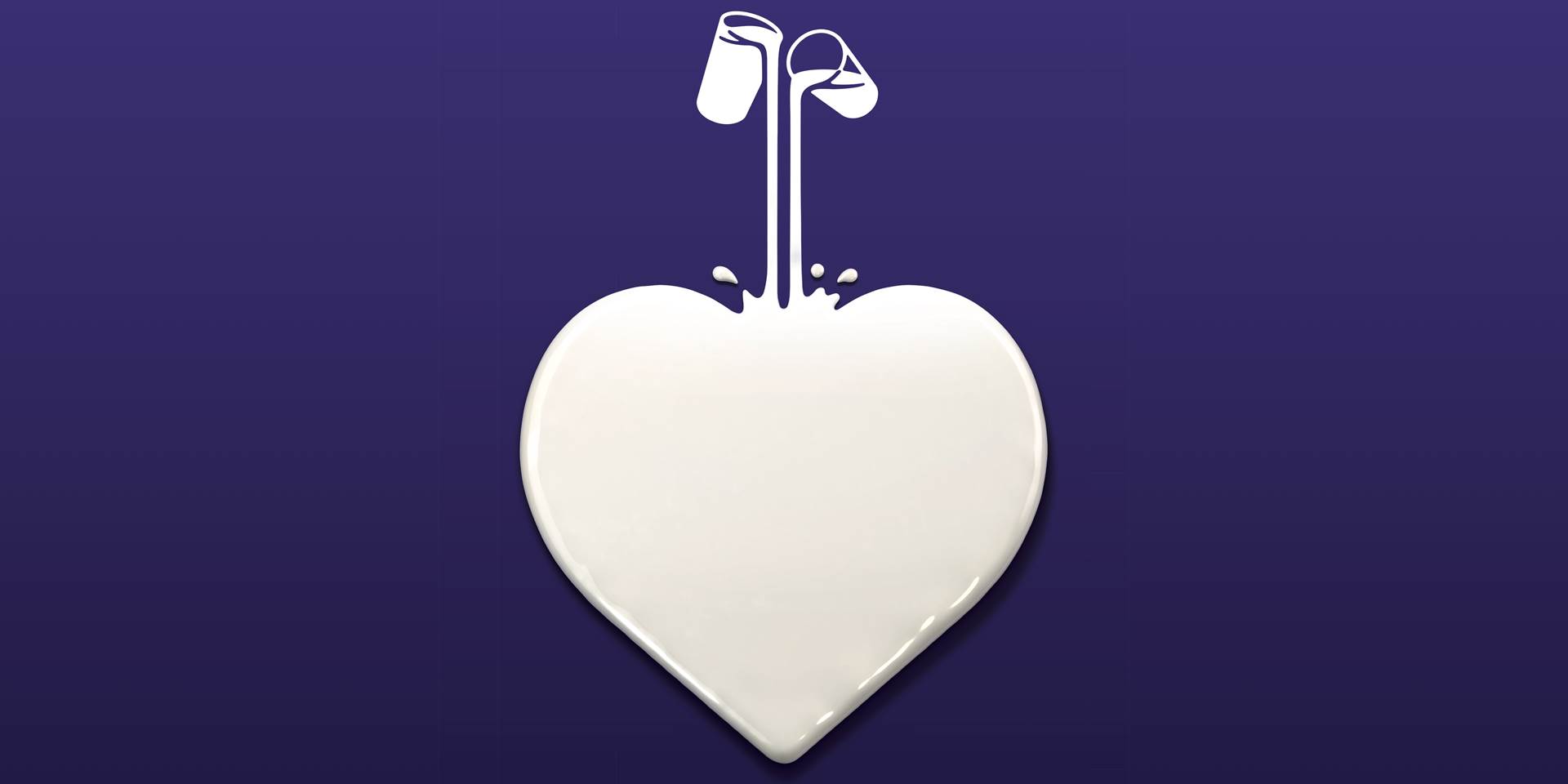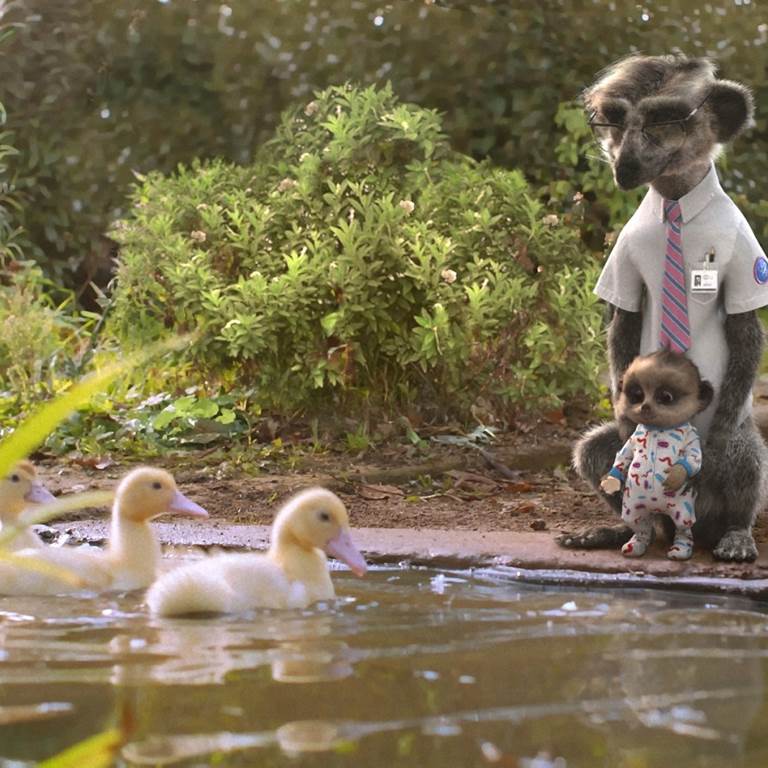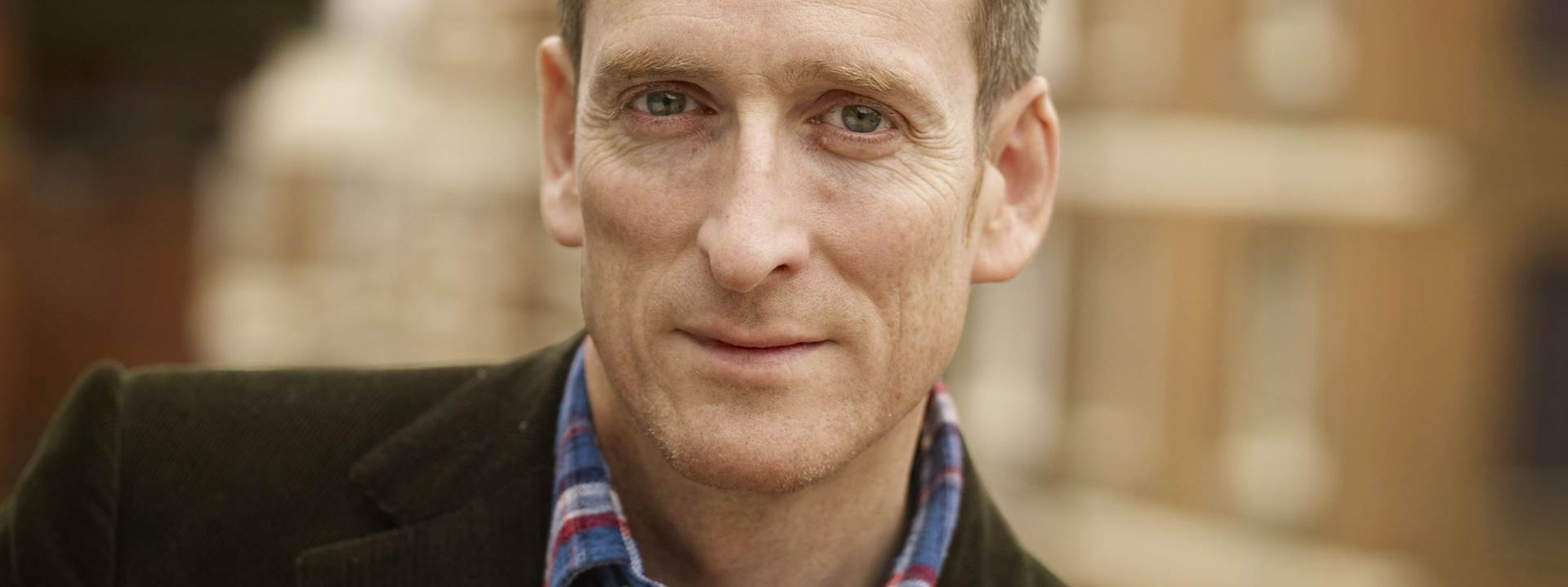Does your brand have a… thing
Christmas is coming and, in the words of the song, the goose is getting fat. The question for adland is whether the same applies to the work we're producing.
Are we allowing our product to become rather too podgy and corpulent? Is it beginning to lose its edge and angularity? The evidence on creative effectiveness, most recently from Orlando Wood's IPA publication Lemon, would suggest that perhaps it is.
Much of our media overeating is down to the new snack culture of "branded content". It pains me to say it, but there is a glut of this stuff around, too often driven by a supply-side dynamic of media deal-making. If I had a pound for every video-on-demand/content side-deal proposed by eager media agencies, I would have enough money to make a semi-unwatchable mini-series about the badgers of Basingstoke on behalf of the Consortium of Suburban Councils. Furthermore, I would have money left over to squander on a paid-for social budget that, to the uninitiated, might suggest that a few people were actually watching the show, when in fact the badgers, much to their relief, remain conspiculously undisturbed by public oversight.

This is not in any way to decry branded content per se. There are many, many great exponents of the genre and some very big hits. Modesty prevents me from mentioning some of VCCP's recent highlights. However, in my experience, the success stories come from the brand out, not the supply chain in. Put another way, memorable content seldom happens because a deal's available. It happens because it is the right thing to do regardless of any deal – like all good channel decisions. This sequence ensures that all subsequent deal-making will be defined by the creative opportunity, not the other way round.
Sadly, back in the real world, the trend seems very much in favour of deal-led ideas. And so we risk a sprawl of branded content, rather than the singular, coherent brand architecture that we set out to build in that now dusty PowerPoint presentation lurking somewhere on the planner's desk beneath his or her duffle coat.

Moreover, this sprawl doesn't begin to take into account the other numerous temptations enticing us to snack, graze and guzzle up our media calorie count in the impulse purchase aisles of social media. Without realising it, a campaign can rapidly get out of shape.
The way to avoid an ill-disciplined media binge is surprisingly simple. It is also surprisingly difficult to achieve, as it requires an exceptional level of cohesion. It's easy to recognise the right behaviour when you see it; indeed, it is nearly always a hallmark of high performance. At last month's diamond anniversary for The Marketing Society, I noticed just how many of the most iconic brands had it; from Cadbury, Apple, PG Tips, Guinness and easyJet to Dulux, Duracell, Channel 4, Comparethemarket.com, Coca-Cola and O2. I was left in no doubt. It quite clearly is the answer.
At this point, you might be expecting a rather technical definition of what "it" is. And I could string things out with some waffle about heuristical synecdoche (TM). Whereas all you actually have to do is ask yourself a very simple question: does your brand have a thing? I'm sorry it's not more complicated. For Cadbury, it's a glass-and-a-half; for Comparethemarket, it's a meerkat; for Dulux, it's a sheepdog. Sometimes it's a tone of voice, sometimes it's an iconic piece of packaging; other times it's a filmic style. It's sometimes even a repertoire of things, as in the case of O2, McDonald's and Apple. But there is always at least one thing in every piece of communication that indelibly brands the message, that defies any sprawl or flabbiness.
To begin with, your thing is a stern taskmaster. It has to work in all formats, from idents to pre-rolls to web pages, packaging and phone screens. For virtually everyone involved, it is "uninvented here". So it demands that fragile egos co-operate, that we work collegiately, even with rival departments and agencies. That we don't plough our own furrow. After about a year, one of two things will happen. There will be a sudden moment of liberation, where your thing becomes liberating, acting as a catalyst for creativity. Or the tapestry will unravel. PR will go one way, social will go another (usually due to an amazing VOD deal), the ad agency will sulk and the experiential team will find an excuse to go to the Nordics.
That's the trouble with a thing. It's binary. You either have one or you're thingless. As an industry, our New Year's resolution should be to make advertising the home of things again. Otherwise the brands of tomorrow may look for their things elsewhere.

